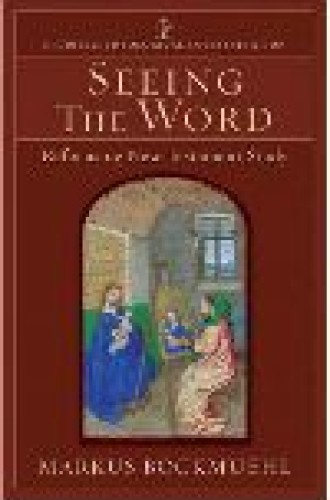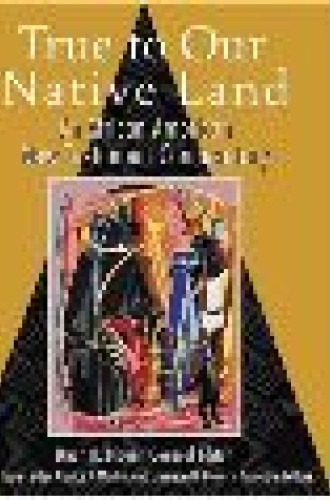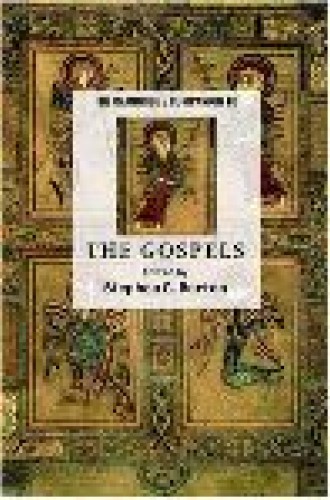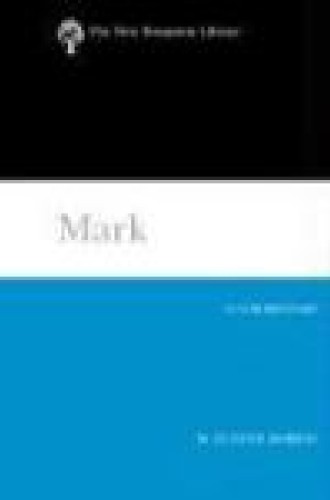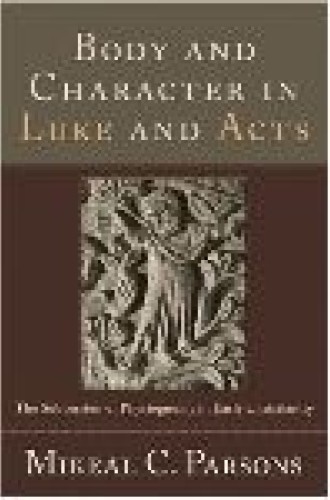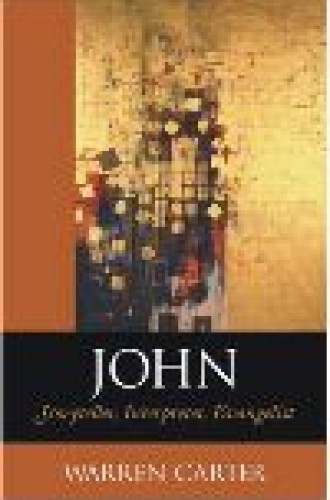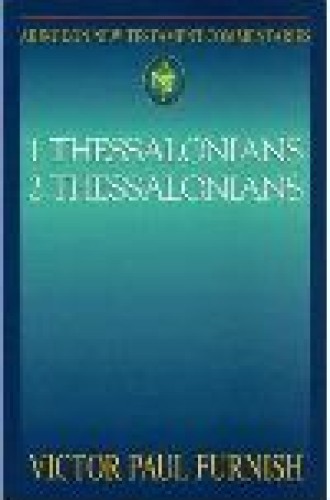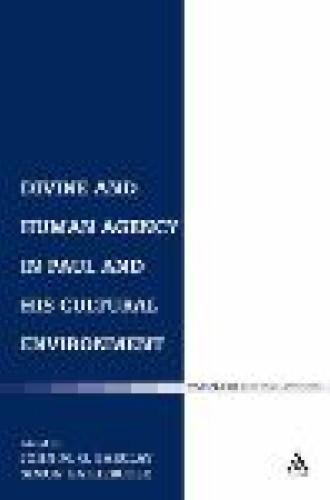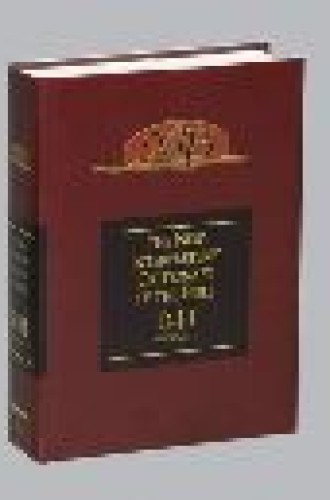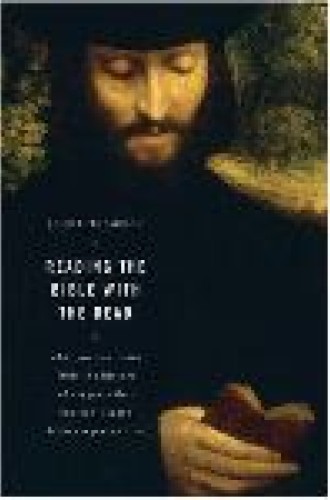Take and read
Laments over the current state of academic biblical study abound, but Bockmuehl moves beyond his penetrating critique of the discipline to offer constructive proposals for reorienting New Testament study around the implied readers who are members of ecclesial communities and around the apostolic memory of Jesus. Bockmuehl demonstrates that studying the New Testament without attending to its preoccupation with God’s action in Jesus Christ is both intellectually and theologically bankrupt.
Interest in the history of interpretation is burgeoning among specialists, but Thompson wants pastors and teachers of the church to understand its significance for their own work. Taking on a series of difficult texts (for example, Paul’s “silencing” of women and the story of Jephthah’s daughter), Thompson demonstrates that earlier generations struggled with questions not unlike our own and that they have much to teach us about faithful interpretation of scripture. This book is a delightful read.
With this landmark volume, Blount and his associate editors (Cain Hope Felder, Clarice J. Martin and Emerson B. Powery) have responded to repeated requests for the publication of a one-volume New Testament commentary by African- American scholars. In addition to commentary on each book of the New Testament, the volume contains articles on numerous aspects of African-American biblical interpretation, including a particularly instructive treatment of African-American art.
Not another predictable treatment of the individual Gospels as historical artifacts, this lively collection by leading scholars is organized around three foci: context and method, the Gospels as witnesses to Christ, and the afterlife of the Gospels in church and society.
This recent contribution to the New Testament Library by one of the most able exegetes includes a fresh translation with clarifying notes and attends carefully to the full range of literary, historical and theological questions. Boring works toward a single goal: enabling readers to understand what Mark has to say about God, a message Boring aptly describes as both strange and terrifying.
In this fascinating and timely study, Parsons draws on Greco-Roman physiognomy (the practice of drawing conclusions about moral character on the basis of outward appearance) to examine four of Luke’s exquisite stories: the bent woman in Luke 13, Zacchaeus in Luke 19, the lame man in Acts 3 and the Ethiopian eunuch in Acts 8. In every case Parsons helps readers to see these characters as Luke’s audience might have seen them and to understand the subtle ways in which Luke challenges the values of his culture and of our own.
Carter provides an accessible and jargon-free map of the Gospel of John that is instructive for pastors and laity alike. Roughly half of the book addresses John as the work of a storyteller, discussing characters, plot and “Johnspeak.” Carter then turns to John as an interpreter of scripture and of early tradition, and finally to John’s theology. A postscript briefly addresses the interpretation of John in a multireligious context.
Too often overlooked even by Pauline specialists, the Thessalonian correspondence is a treasure of pastoral-theological wisdom (for Paul, this is one thing, not two). Especially for those leery of preaching and teaching the letters of Paul, this careful, succinct and clear exegesis of his letters by one of the leading scholars in the field will prove invaluable.
In a culture dazzled by strong notions about human capabilities, Paul’s claims about the radical incapacity of human beings are both powerfully offensive and powerfully important. Barclay and Gathercole discuss the place of human and divine agency in Paul’s theology and in the thought of his contemporaries, including the Qumran community, Epictetus and Philo.
The arrival of these first two parts of the much-needed replacement for the 1960s Interpreter’s Dictionary is a welcome event. Not simply a revision of the original, this completely new undertaking reflects major changes in the field and features contributions by women and men from diverse religious, geographical and cultural contexts. The accessible format and the theological focus of numerous entries enhance the dictionary’s usefulness for readers of all sorts.


